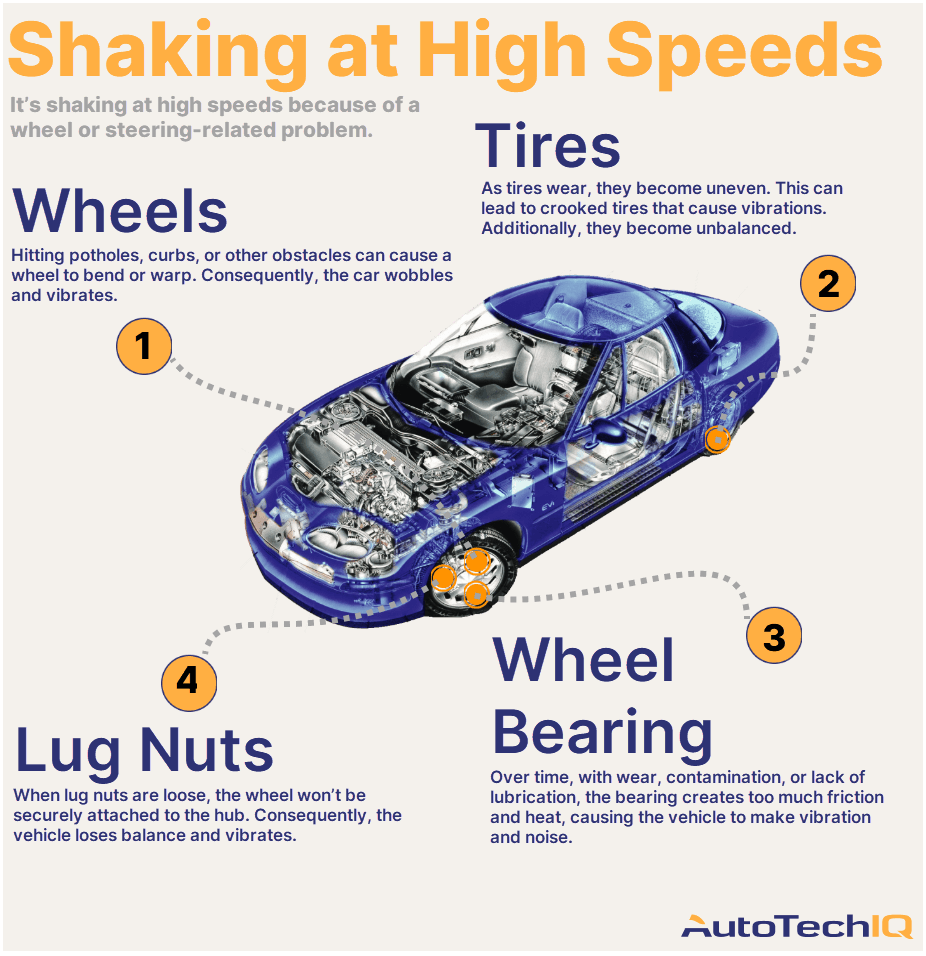Can Going at a High Speed Hurt Your Car’s Engine?
Introduction
Driving at high speeds is often associated with excitement and exhilaration. However, it’s important to understand that it can also have negative consequences for your car’s engine. In this article, we will explore how high speeds can affect your engine and provide tips to help you drive safely while minimizing the risk of damage.
How High Speeds Affect Your Engine
Your car’s engine is designed to operate within a specific range of revolutions per minute (RPM). When you drive at high speeds, the engine RPMs increase significantly. This can put additional stress on the engine’s components, including:
- Pistons and cylinders: High RPMs can cause the pistons to move more quickly, increasing the pressure on the cylinder walls and piston rings. This can lead to wear and tear, reducing the engine’s efficiency and lifespan.
- Valves: At high speeds, the valves in the engine have to open and close more rapidly. This can cause increased wear and tear, potentially leading to valve failure.
- Crankshaft: The crankshaft is responsible for converting the reciprocating motion of the pistons into rotational motion. High speeds can put excessive stress on the crankshaft, leading to potential damage.
- Bearings: Bearings are critical for reducing friction between moving parts in the engine. High RPMs can generate excessive heat, which can damage the bearings and reduce their ability to provide lubrication.
Additional Factors Contributing to Engine Damage at High Speeds
In addition to the direct effects on engine components, high speeds can exacerbate other factors that can contribute to engine damage. These include:
- Increased fuel consumption: Driving at high speeds requires more fuel, as the engine has to work harder to overcome air resistance and maintain speed.
- Higher temperatures: High speeds generate more heat in the engine, which can potentially lead to overheating and subsequent damage.
- Reduced lubrication: As the engine operates at higher RPMs, the oil pump may struggle to maintain adequate lubrication, increasing the risk of friction and wear.
Tips for Driving Safely While Minimizing Engine Damage
While it may not always be possible to avoid driving at high speeds, there are steps you can take to minimize the risk of damage:
- Avoid prolonged high-speed driving: Try to limit periods of driving at very high speeds. If you must drive at high speeds, do so for as short a duration as possible.
- Use higher gears when appropriate: When driving at higher speeds, use higher gears to reduce engine RPMs. This will help to decrease wear and tear on the engine components.
- Maintain proper oil levels and schedule regular oil changes: Fresh oil helps to lubricate engine components and reduce friction. Ensure that you maintain proper oil levels and follow the manufacturer’s recommendations for oil changes to minimize wear and tear.
- Listen to your engine: If you notice any unusual noises or vibrations coming from the engine, especially when driving at high speeds, stop the car immediately and have it inspected by a qualified mechanic.
Conclusion
Driving at high speeds can put significant stress on your car’s engine, potentially leading to premature wear and tear. Understanding the effects of high speeds and taking precautions while driving can help minimize the risk of damage and ensure the longevity of your engine. Remember, driving safely and responsibly is key to maintaining a healthy car for years to come.





